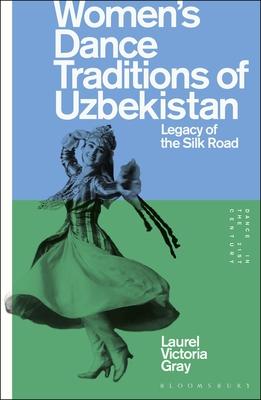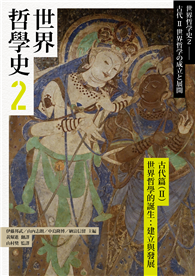The first comprehensive work in English on the three major regional styles of Uzbek women’s dance -
Ferghana, Khiva and Bukhara - and their broader Silk Road cultural connections, from folklore roots
to contemporary stage dance.
The book surveys the remarkable development from the earliest manifestations in ancient civilizations
to a sequestered existence under Islam; from patronage under Soviet power to a place of pride for Uzbek nationhood.
It considers the role that immigration had to play on the development of the dances; how women boldly challenged societal gender roles to perform in public; how both material culture and the natural world manifest in the dance; and it illuminates the innovations of pioneering choreographers who drew from Central Asian folk traditions, gestures and aesthetics - not Russian ballet - to first shape modern Uzbek stage dance.
Written by the first American dancer invited to study in Uzbekistan, this book offers insight into the once-hidden world of Uzbek women’s dance.
| FindBook |
有 1 項符合
Women’s Dance Traditions of Uzbekistan: Legacy of the Silk Road的圖書 |
 |
Women’s Dance Traditions of Uzbekistan: Legacy of the Silk Road 作者:Gray 出版社:Bloomsbury Academic 出版日期:2024-04-18 語言:英文 規格:精裝 / 170頁 / 19.79 x 12.9 x 2.54 cm / 普通級/ 初版 |
| 圖書館借閱 |
| 國家圖書館 | 全國圖書書目資訊網 | 國立公共資訊圖書館 | 電子書服務平台 | MetaCat 跨館整合查詢 |
| 臺北市立圖書館 | 新北市立圖書館 | 基隆市公共圖書館 | 桃園市立圖書館 | 新竹縣公共圖書館 |
| 苗栗縣立圖書館 | 臺中市立圖書館 | 彰化縣公共圖書館 | 南投縣文化局 | 雲林縣公共圖書館 |
| 嘉義縣圖書館 | 臺南市立圖書館 | 高雄市立圖書館 | 屏東縣公共圖書館 | 宜蘭縣公共圖書館 |
| 花蓮縣文化局 | 臺東縣文化處 |
|
|
圖書介紹 - 資料來源:博客來 評分:
圖書名稱:Women’s Dance Traditions of Uzbekistan: Legacy of the Silk Road
內容簡介
|





![塔木德:猶太人的致富聖經[修訂版]:1000多年來帶領猶太人快速累積財富的神祕經典 塔木德:猶太人的致富聖經[修訂版]:1000多年來帶領猶太人快速累積財富的神祕經典](https://media.taaze.tw/showLargeImage.html?sc=11100697818)



 2025【精選作文範例】國文(作文)[速成+歷年試題](不動產經紀人)](https://media.taaze.tw/showLargeImage.html?sc=14100120564)